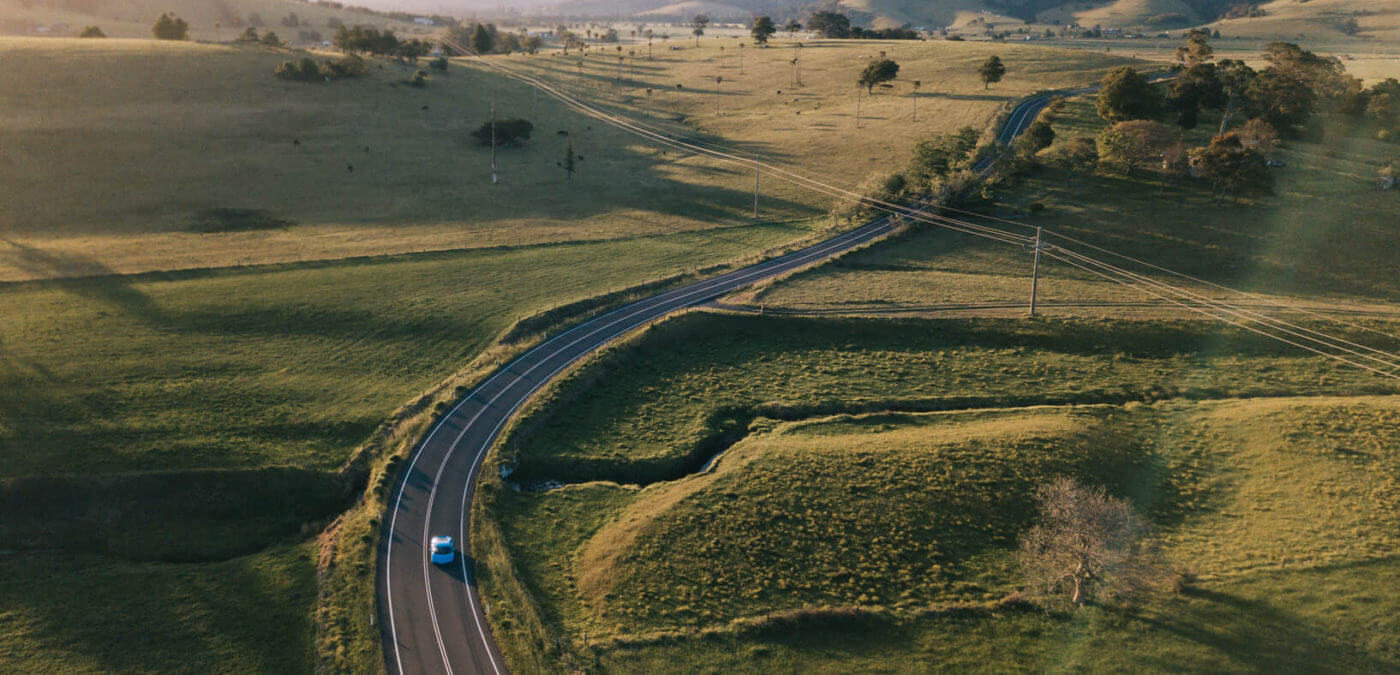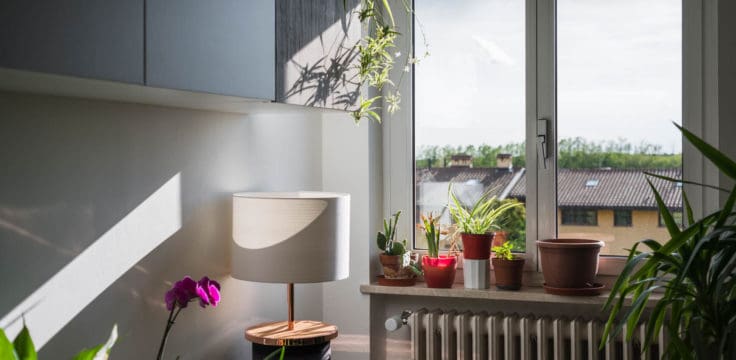-
what we do
We are here to empower you to live your best possible life through comprehensive financial advice. We do this by getting to know you and what is most important to you and developing a strategy tailored to your unique situation.
- Financial Planning
- Wealth Management
- Lending
- Wealth Protection
-
about us
Invest Blue has a number of offices conveniently located in rural, coastal and city locations across QLD, NSW, ACT, TAS and VIC. All of our offices are supported by an operations team of technical advice, research, client experience, compliance and IT specialists.
-
financial education
Explore a range of topics to broaden your financial knowledge and access useful tools and resources to help you get a better understanding of your financial position and where you have the opportunity to make improvements.
- Knowledge Centre
- Calculators
- Our Updates
- Book here
- Login
-
It's possible
understanding with invest blue

What are the 3 biggest living expenses for households?
We check out the three largest contributors to household spending in Australia and where people would source additional cash if living expenses rose.
If you worked a full-time job in Australia in 1975, the average amount you would’ve earned a year was about $7,600, whereas today, that figure would be closer to $72,000, according to research by McCrindle.i
That’s welcome news, but while we’re earning more than what we did in 1975, things are also costing us more. A loaf of bread is 10 times the price, a litre of milk is three times the price, a newspaper is 20 times the price, not to mention petrol has doubled, with house prices in some capital cities up thirtyfold.i
We check out the largest contributors to household spending today and where people say they would source additional money if day-to-day expenses increased further.
Housing, food and transport
The three largest contributors to household spending in Australia have been the same for many years, according to the Australian Bureau of Statistics (ABS).

ABS figures reveal three-and-a-half decades ago the largest contributors to household spending were food (20%), transport (16%) and housing (13%), with housing now at the top of that list (20%), followed by food (17%) and transport (15%) respectively.ii
A separate report by Deloitte highlighted that around 37% of Aussies were concerned about their ability to cover expenses, with more than 50% indicating that they expected to pay even more on housing and energy costs going forward.iii
What people would do if costs rose further
When asked, if your day-to-day living expenses increased, where do you think you’d source additional money from, here was the top eight responses in a survey of Australians:iii
1. Reduce luxury spending – 20%
2. Buy fewer groceries – 12%
3. Spend less on transport – 12%
4. Borrow money via a loan or credit card – 10%
5. Draw on savings – 5%
6. Spend less on food delivery and eating out – 5%
7. Cancel subscription services – 4%
8. Cancel streaming services – 3%.
With costs of living continuing to increase, if you are feeling the pinch there is help at hand.
We can review your situation and assist you to put in place a plan to get back on top of things. Please get in touch.
i McCrindle Research – 40 years of change: 1975 to today
ii Australian Bureau of Statistics – Households spending more on the basics
iii Deloitte Access Economics – ALDI household expenditure report
What you need to know
Source: © AMP Life Limited. First published October 2018
This information is provided by Invest Blue Pty Ltd (ABN 91 100 874 744). The information contained in this article is of general nature only and does not take into account the objectives, financial situation or needs of any particular person. Therefore, before making any decision, you should consider the appropriateness of the advice with regards to those matters and seek personal financial, tax and/or legal advice prior to acting on this information. Read our Financial Services Guide for information about our services, including the fees and other benefits that AMP companies and their representatives may receive in relations to products and services provided to you.
You may also like













